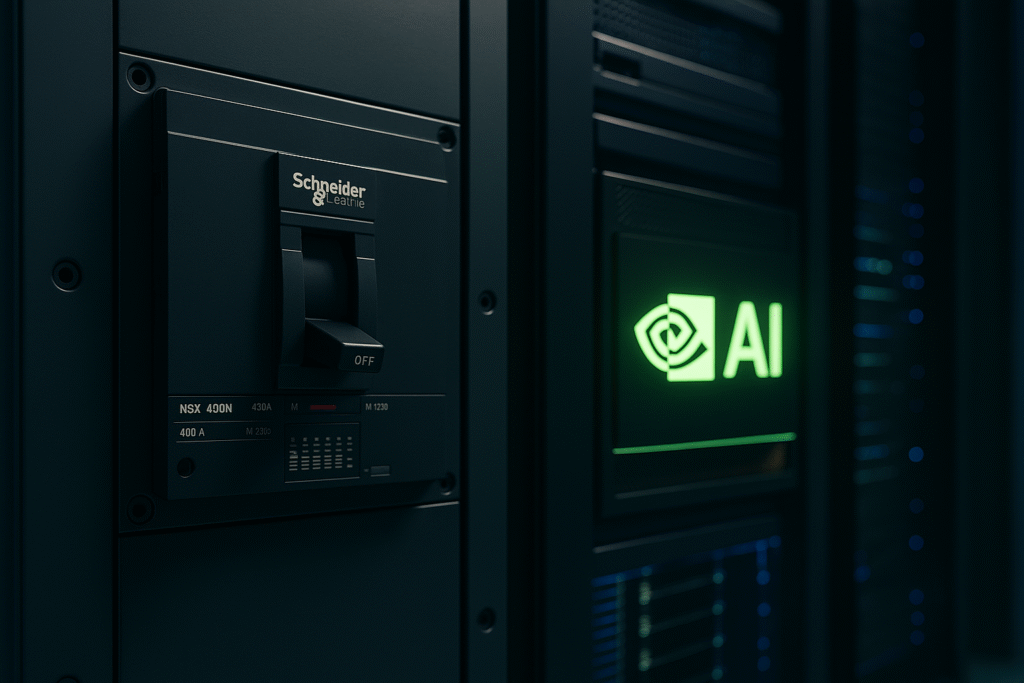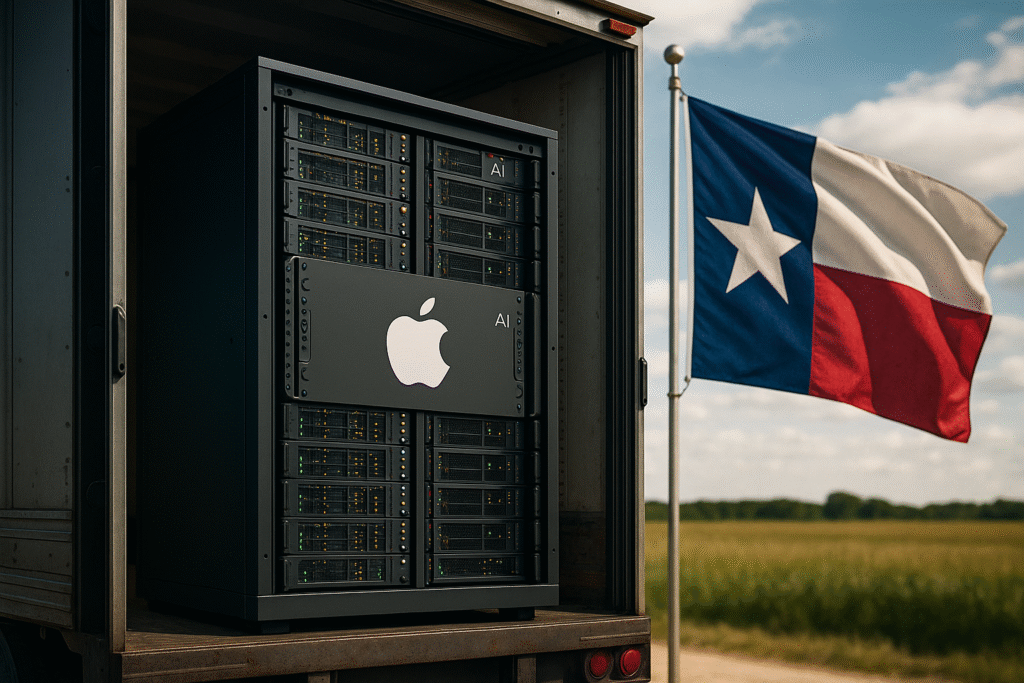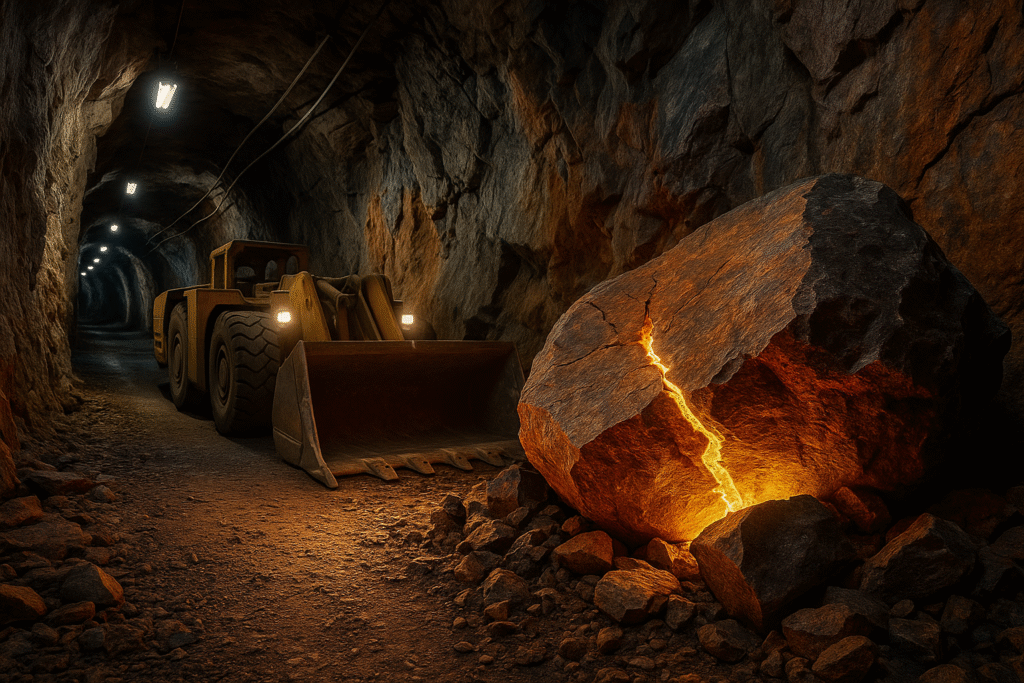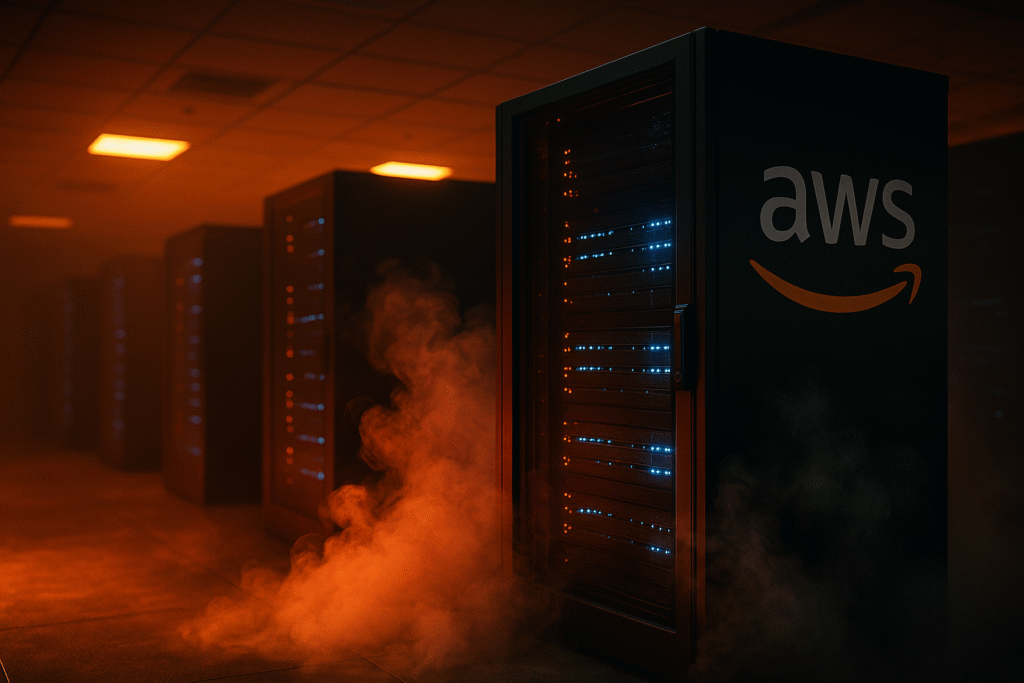Why Schneider Matters in the AI Buildout
Despite its name, Schneider Electric (EPA: SU) doesn’t generate power. Instead, it manages it — digitizing and electrifying systems so customers know exactly where energy is consumed and how to optimize it in real time.
Roughly a quarter of its business comes from data centers, making Schneider a critical enabler in the AI era. With Nvidia’s GPUs consuming unprecedented amounts of energy, efficient infrastructure has become just as important as raw compute power.
“We make sure, at every generation they come out with, that the solution we put together will minimize the consumption of energy to power their installations,” said Jean-Pascal Tricoire, Schneider Electric’s chairman.
The Nvidia Partnership
In June, Schneider and Nvidia (NVDA) announced a joint effort to design next-generation AI-ready data centers. Their partnership covers:
- Integrated power management and cooling systems, including liquid cooling applied directly to chips.
- Blueprints for Blackwell GPU deployments, accelerating construction timelines.
- Sustainability frameworks to reduce energy draw even as compute density increases.
Last month, Schneider unveiled detailed design templates developed with Nvidia, which it claims will significantly shorten build times and help operators adopt AI infrastructure at scale.
“We are entering a new era of accelerated computing, where integrated intelligence across power, cooling and operations will redefine data center architectures,” said Scott Wallace, Nvidia’s director of data center engineering.
Energy Efficiency in the AI Era
AI is paradoxical: it consumes massive power, yet can help generate multiples of efficiency gains across industries.
Tricoire estimates AI could improve efficiency 4–9x more than it consumes. Using AI, Schneider’s systems can now integrate grid supply, solar, batteries, EVs, and data center demand in real time, ensuring smarter consumption at the “right time, right source, and right place.”
This is what Tricoire calls a “revolution of digital energy.”
Decentralization and the Next Energy Model
The energy future is decentralizing:
- Solar, wind, geothermal, and nuclear are all growing.
- Homes and enterprises with solar + storage could free enough local capacity to offset portions of nearby data centers.
- Europe, India, and China are already leaning into electrification due to fuel constraints, pushing innovation faster.
“Companies are very pragmatic. If a solution makes money, they will go for it,” Tricoire said, noting that cost curves are dropping so fast that adoption is accelerating worldwide.
Investor Implications
For investors, Schneider Electric’s role sits at the crossroads of AI and energy:
- Nvidia’s $100B OpenAI investment ensures a wave of data center demand.
- More data centers = more electricity — and more need for energy optimization at scale.
- Schneider is positioned not just as a vendor, but as a critical gatekeeper of AI’s sustainability.
Tricoire, nearly 40 years at the company, believes markets are underestimating the shift:
“People are completely underestimating the revolution which will happen in the field of energy in the two decades to come.”
WSA Take
Schneider Electric’s partnership with Nvidia shows that AI’s future isn’t just silicon — it’s energy. Every GPU shipped requires infrastructure that minimizes energy waste while keeping performance high.
This makes Schneider a quiet but essential winner of the AI boom: its digital energy management model scales with demand, and its designs are already being deployed today.
If you missed our coverage of CoreWeave’s $14B Meta deal, it’s another sign that the AI infrastructure race is accelerating across chips, power, and data centers. For more insights, head to the Wall Street Access homepage.
Disclaimer
Wall Street Access does not work with or receive compensation from any public companies mentioned. Content is for educational and entertainment purposes only.








